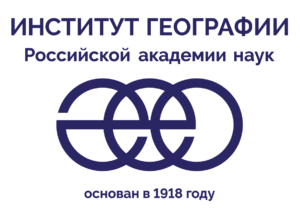ABOUT US
The project goal is to collect and analyze indirect data on the past climate and environment on the territory of Russia to combine this information and obtain complex reconstructions based on modern analytical methods in combination with modern climate models.
Objectives of the project
- To collect and analyse samples from the sites, that are in danger to disappear, and store a part of them for the future.
- To produce new original local and regional data sets of past temperature, drought severity, various types of atmospheric pollution, paleo-fires, volcanic eruptions, and glacier variations in the past centuries to millennia.
- To create multi-proxy reconstructions filling some gaps in spatial reconstructions at the Russian territory.
- To intensify interactive collaboration between proxy data groups and climate modelling groups.
Practical use
The laboratory is a critical link in promoting a new modern center of paleoclimatic science in Russia and reaching a new level in this area. This will allow the production of scientific data at the level of international standards and the most up-to-date research. In addition, the laboratory will bring new opportunities for glaciochemical studies and studies of atmospheric air pollution to Russian glaciological science. It will also help develop new educational programs for students and attract young and talented scientists to the laboratory, which will ensure a sustainable and high level of research for years to come.
The problem that the project is intended to solve
The lack of quantitative, replicated, high-resolution information on the range of natural climate variability and anthropogenic impact from proxy records in the vast territories of the Russian Federation is a barrier to understanding how the Earth’s climate system worked in the past and will work in the future. This information is crucial to disentangle natural and anthropogenic trends in climate and environmental changes.
At the same time, paleoanalogues increase the credibility of projections. Paleoclimatic proxies extend the short recent meteorological records back in time and allow the estimation of the long-term climatic and environmental changes in the past and the assessment of the future trends. They also provide information on the frequency and magnitude of past climatic events, including those that lead to natural hazards. Ice cores and lake sediments are also essential proxies for numerous aspects of air pollution. (IPCC, AR 4, AR 5).
- Caucasus
- the East European Plain
- Arctic
- Kamchatka


